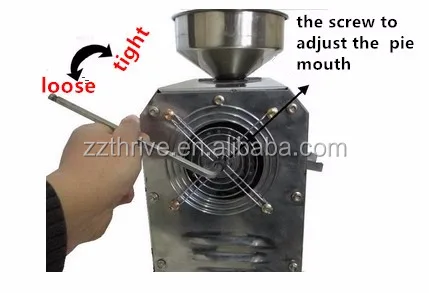
Trading Commodities and Financial Futures: A Step-by-Step Guide to Mastering the Markets (4th ed.). ^ "Global vegetable oil consumption, 2019/20".^ a b "Fat emulsion Use During Pregnancy".īelow are the CQG contract specifications for Bean Oil:Ĭontract Specifications Bean Oil (BOA) Prices are listed in cents and thousandths of a cent per pound, with a minimum fluctuation of 5/1000 cents. Soybean oil is traded at the Chicago Board of Trade in contracts of 60,000 pounds at a time. While soybean oil has no direct insect repellent activity, it is used as a fixative to extend the short duration of action of essential oils such as geranium oil in several commercial products. Soybean oil is indicated for parenteral nutrition as a source of calories and essential fatty acids. However, other oils (such as linseed oil) may be superior for some drying oil applications. Because of this property, it is used in some printing ink and oil paint formulations. Soybean oil is one of many drying oils, which means that it will slowly harden (due to free-radical based polymerization) upon exposure to air, forming a flexible, transparent, and waterproof solid. Properties of common cooking fats (per 100 g) It is also used as a condiment for salads. Soybean oil is mostly used for frying and baking. The nutritional values are expressed as percent (%) by mass of total fat. Comparison to other vegetable oils Properties of vegetable oils Trans-fat is also commonly introduced during conventional oil deodorization, with a 2005 review detecting 0.4 to 2.1% trans content in deodorized oil. If the hydrogenation is only partially complete, the oil may contain small amounts of trans fat. The resulting oil is called hydrogenated soybean oil. Hydrogenation may be used to reduce the unsaturation in linolenic acid.

Three companies, Monsanto Company, DuPont/ Bunge, and Asoyia in 2004 introduced low linolenic Roundup Ready soybeans. The high-proportion of oxidation-prone polyunsaturated fatty acid is undesirable for some uses, such as cooking oils. It also contains the saturated fatty acids stearic acid (C-18:0), 4%, and palmitic acid (C-16:0), 10%. The major unsaturated fatty acids in soybean oil triglycerides are the polyunsaturates alpha-linolenic acid (C-18:3), 7-10%, and linoleic acid (C-18:2), 51% and the monounsaturate oleic acid (C-18:1), 23%. Per 100 g, soybean oil has 16 g of saturated fat, 23 g of monounsaturated fat, and 58 g of polyunsaturated fat. In 2018–2019, world production was at 57.4 MT with the leading producers including China (16.6 MT), US (10.9 MT), Argentina (8.4 MT), Brazil (8.2 MT), and EU (3.2 MT). In the 2002–2003 growing season, 30.6 million tons (MT) of soybean oil were produced worldwide, constituting about half of worldwide edible vegetable oil production, and thirty percent of all fats and oils produced, including animal fats and oils derived from tropical plants.


Most of the remaining residue ( soybean meal) is used as animal feed. Soybean oils, both liquid and partially hydrogenated are sold as "vegetable oil", or are ingredients in a wide variety of processed foods. The oil is then refined, blended for different applications, and sometimes hydrogenated. To produce soybean oil, the soybeans are cracked, adjusted for moisture content, heated to between 60 and 88 ☌ (140–190 ☏), rolled into flakes, and solvent-extracted with hexanes.


 0 kommentar(er)
0 kommentar(er)
